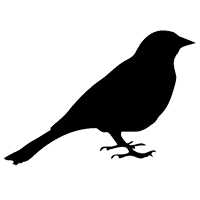Introduced honey bees have the potential to reduce fitness of cavity-nesting native bees in terms of a male bias sex ratio, brood mortality and reduced reproduction
In Australia, as well as many other regions of the world, European honey bees Apis mellifera are an introduced species and may harm native bee fauna through competing with them for food resources. Field studies have revealed negative associ

In Australia, as well as many other regions of the world, European honey bees Apis mellifera are an introduced species and may harm native bee fauna through competing with them for food resources. Field studies have revealed negative associations between honey bee and native bee abundance, but whether this translates to fitness costs for native bees is unclear.Methods: Using drilled wooden block trap-nests, we evaluate whether honey bee abundance is associated with fitness parameters (number of nests, provisioned cells per nest, and offspring number, mortality rate, sex ratio, and body size) of cavity-nesting native bees over two years. We also conduct palynological analyses to measure pollen resource overlap and evaluate whether this impacts native bee fitness.Results and Discussion: Greater honey bee abundance was associated with a male-biased sex ratio in the native bee progeny across years, and increased mortality rate of native bee progeny in the first year. Most non-significant associations were also in the directions predicted from honey bees adversely impacting native bee fitness. In the first year, greater pollen morphospecies overlap was associated with fewer provisioned cells. In conclusion, we demonstrate that honey bees have the potential to have harmful consequences for native bee fitness..
Read the full article at the original website
References:
